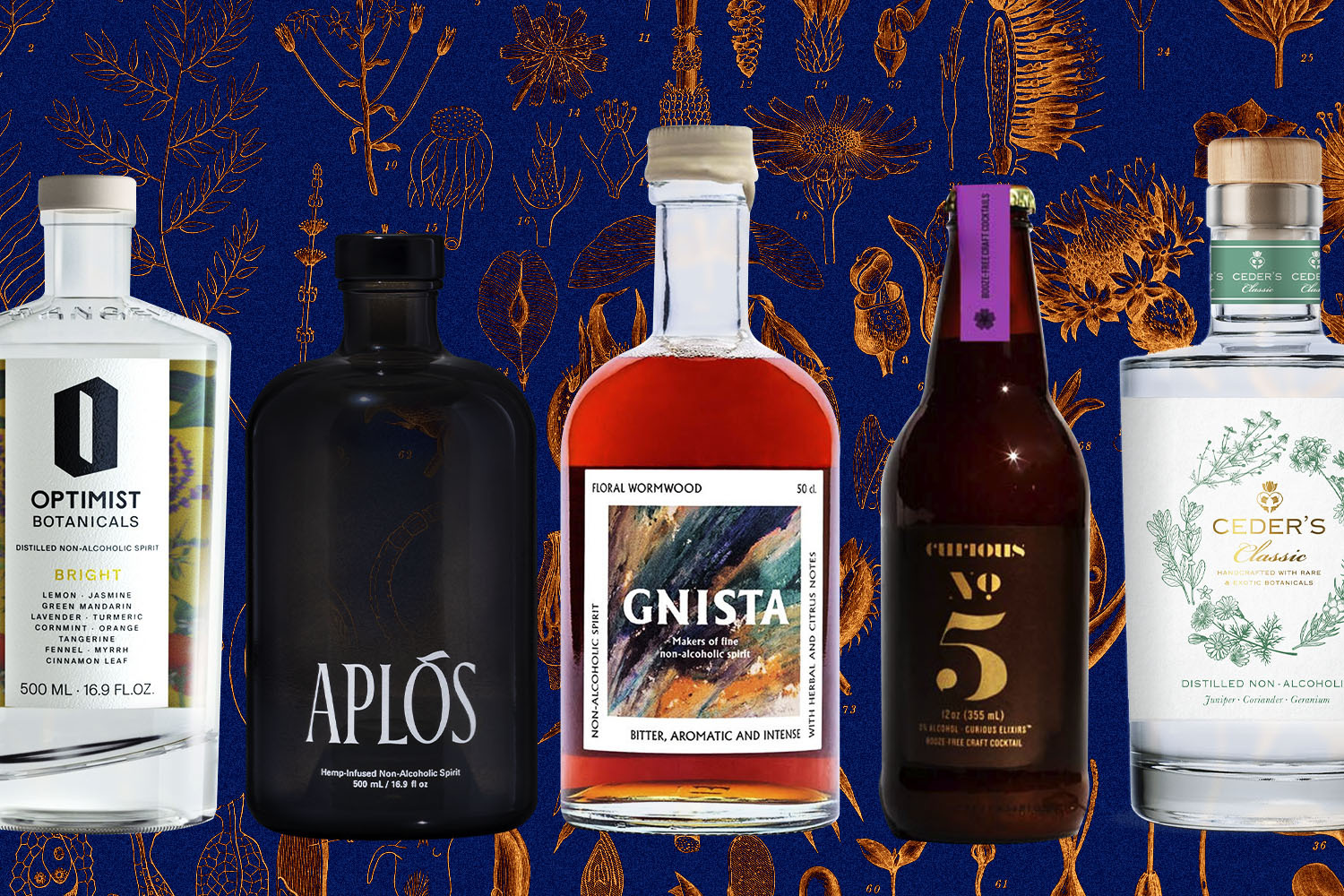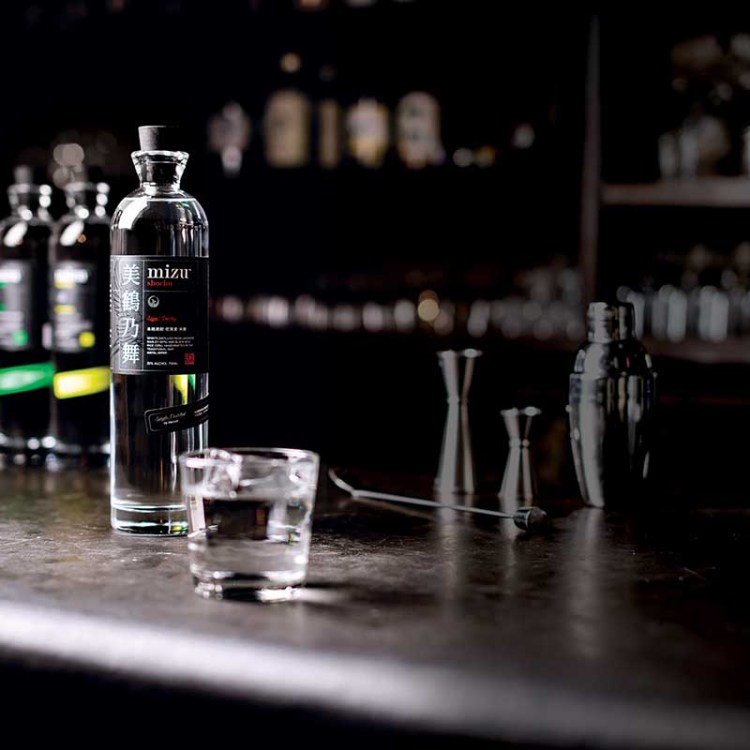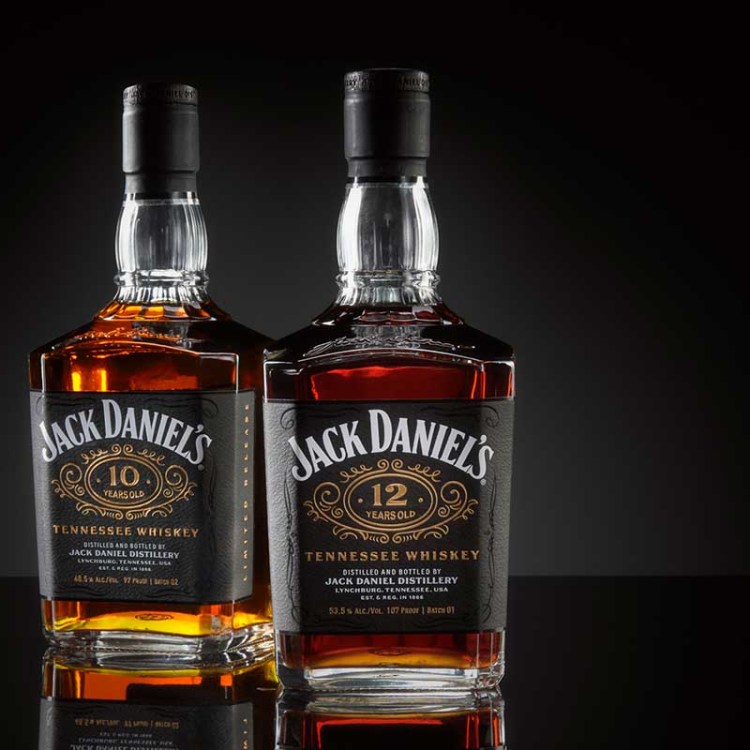Dry January was a success, and those non-boozy habits may actually stick around, according to a new report by CGA Strategy.
As the food and drink research firm noted, participation in the teetotaler month grew to 35% in the United States in 2022, a noticeable increase from 21% of consumers who took part in 2019. More impressively, 74% of respondents say they successfully stuck to their plan to abstain from alcohol.
Dive deeper into the statistics, and it’s actually pretty good news for the hospitality industry, unlike what some cranky commentators may suggest. Of consumers who committed to Dry January, 78% still visited an “on premise” venue (like a restaurant or bar), and 29% drank a non-alcoholic beer while they were there, up from 5% three years ago. Meanwhile, 23% of those people going out and participating in Dry January drank mocktails, while 26% and 22% tried alcohol-free wine and spirits, respectively.
Essentially, it means people are 1) going out during Dry January, even when taking into account COVID concerns and restrictions, and 2) those who aren’t drinking alcohol aren’t sticking with just water or Coke, but buying more premium booze-free drinks. “As soft drink engagement stayed relatively flat, this suggests visitors traded up from no beverage purchase or complimentary water to a non-alcoholic category,” as the research suggests.
Finally, CGA’s consumer research notes that of those people taking part in Dry January, nearly three-quarters said they would continue drinking alcohol-free beer, spirits and mocktails while 64% planned to still drink alcohol-free wine.
Still, these big gains are relatively small in the larger drinks picture. As CNN notes, citing research by NielsenIQ, retail sales of non-alcoholic beer, wine and spirits jumped 28% to about $350 million in 2021, but that only represents a “slice” of the $88 billion industry.
Thanks for reading InsideHook. Sign up for our daily newsletter and be in the know.

















